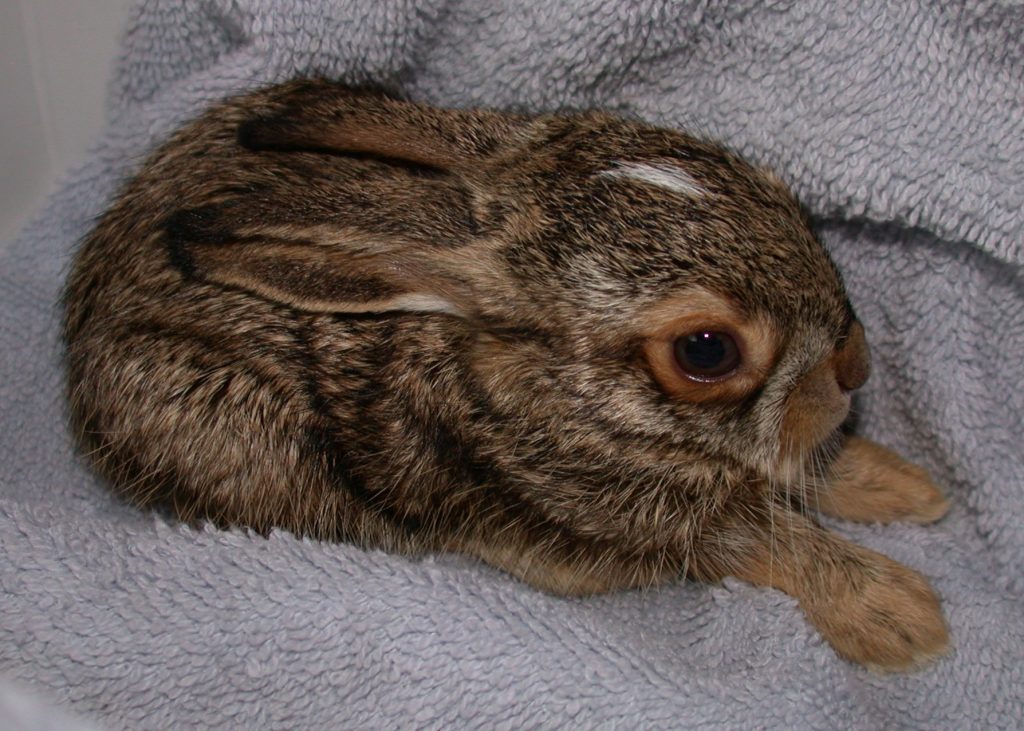
Spring is just around the corner and for Wildlife Rehabilitation and Release (WR&R) that means hundreds of wild baby animals will soon need our help. Some animals, such as owls, hummingbirds, and squirrels, already have young. This article is a portion of “Living With Wildlife” education provided by WR&R. WR&R educators offer presentations and classes to educate the general public about living with wildlife. Spring also means outside work such as gardening and yard maintenance, brush clearing, tree trimming, and increase in poisons for rodent and weed control. As the season approaches, we would like to offer some preventative measures to keep wild babies in the natural homes as well as to assist our community with some of the issues associated with our local wildlife.
First and foremost, there are state and federal regulations designed to protect California’s wildlife. California Code of Regulations (CCR) Title 14 Section 251.1, with few exceptions, protects wild birds and mammals from disruption of their normal behavior patterns “which includes, but is not limited to, breeding, feeding, or sheltering.” Furthermore, federal regulations state that it is illegal to feed wild animals. It is especially unsafe to feed coyotes and deer. It can cause them to lose their fear of humans and become accustomed to food provided by humans. They can then become more aggressive and dangerous. Once this happens the outcome is tragic for the animal as trapping and relocating is not an option. In some cases, feeding wild animals contributes to the spread of diseases through the sharing of feeders. However, feeding birds has many benefits to humans and there is an enormous industry promoting bird feeding. Keys to responsible bird feeding are: offering high quality seed (without filler), cleaning feeders often, and placing feeders more than 30 feet from the house to prevent accidental window collisions when birds are suddenly frightened and flush off a feeder. If your feeder attracts unwanted visitors, we recommend taking the feeder down for a few weeks or bring them in at night. Be sure to clean the ground around the feeder to prevent mold, disease, and rodent infestation.
Chimneys and other openings into buildings such as vents and pipes can be problematic. Rodents and some small birds become trapped and die. Prevention is the best measure by having a proper chimney cap installed and screening vents and pipes with window screen.
Nests in or on buildings generate phone calls to wildlife centers. Mud nests are attached to buildings and bridges by some swallows and other birds. It is illegal to remove nests when there are eggs or young birds inside (typically between the months of March and mid-October). Sometimes birds build nests on or inside boats, trailers, tractors, and in other unsuspecting places. If this happens and the vehicle or object must be moved, please contact WR&R for advice.
Look before you clear, burn, or cut. Brush piles are a perfect hiding place for many ground dwelling birds, mammals, and reptiles. Before burning, shake the pile or poke a stick around to flush out living critters. Before trimming or tree removal, check the tree for nests. Some squirrels raise young for several months. They live in a leaf nest close to the trunk. If trimming cannot be postponed, carefully trim around the nest leaving enough cover for protection. If a nest has been accidentally destroyed, please keep the babies warm and call WR&R immediately for instructions.
Many wild animals suffer from non-native predators. Free-roaming cats contribute to billions of bird and mammal deaths annually. If the animal survives a cat attack and is brought to a wildlife care center, it must be placed on antibiotics for 7-10 days due to a deadly bacteria carried by cats. Many cat owners are now keeping their pets inside or putting up outdoor cat runs and housing. This protects cats and the wild animals.
Rodent Control methods using poisons has been detrimental to pets and natural predators. Many of these products are now illegal but they are still being sold and used. There are many natural pest control methods including installing owl and bat boxes. Most wildlife rehabilitation organizations provide the best recommendations for rodent control on their websites.